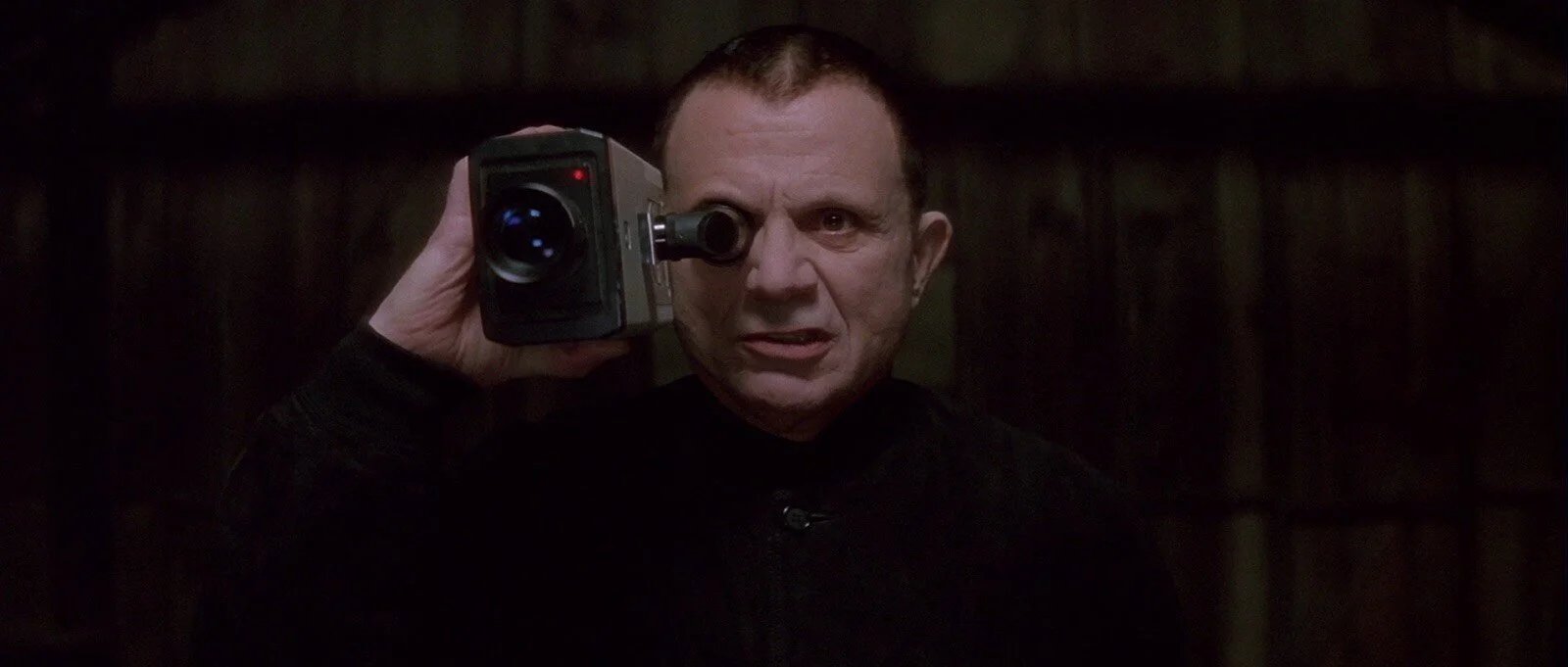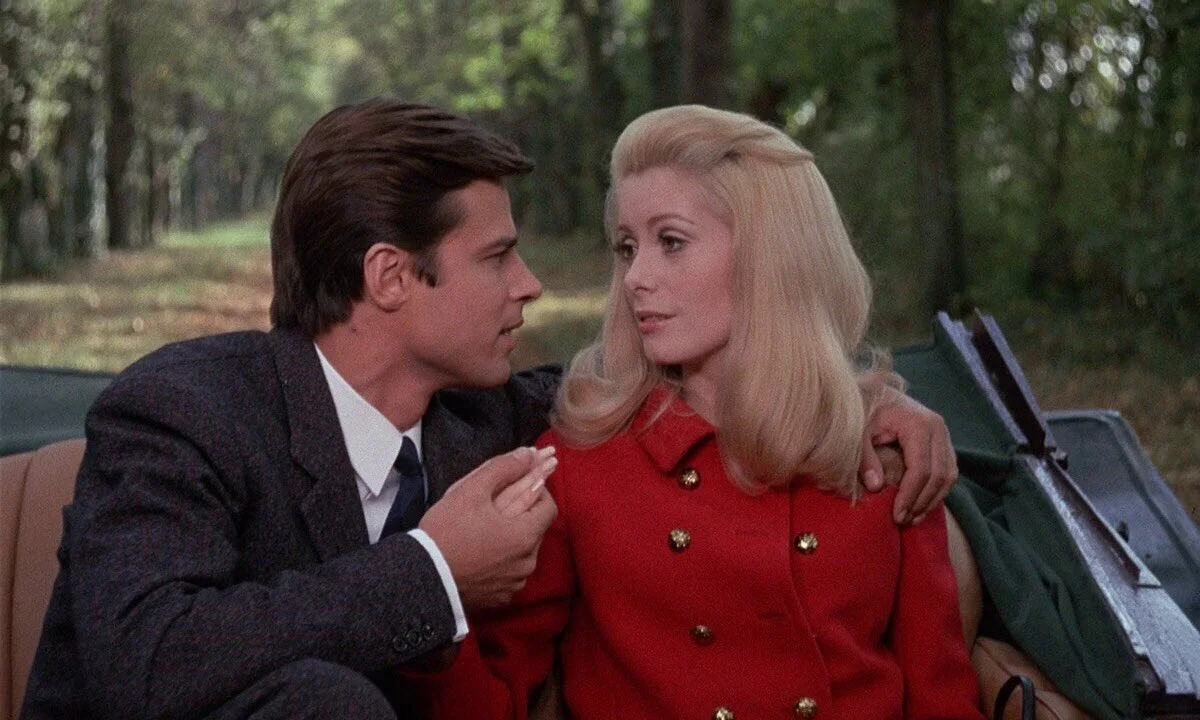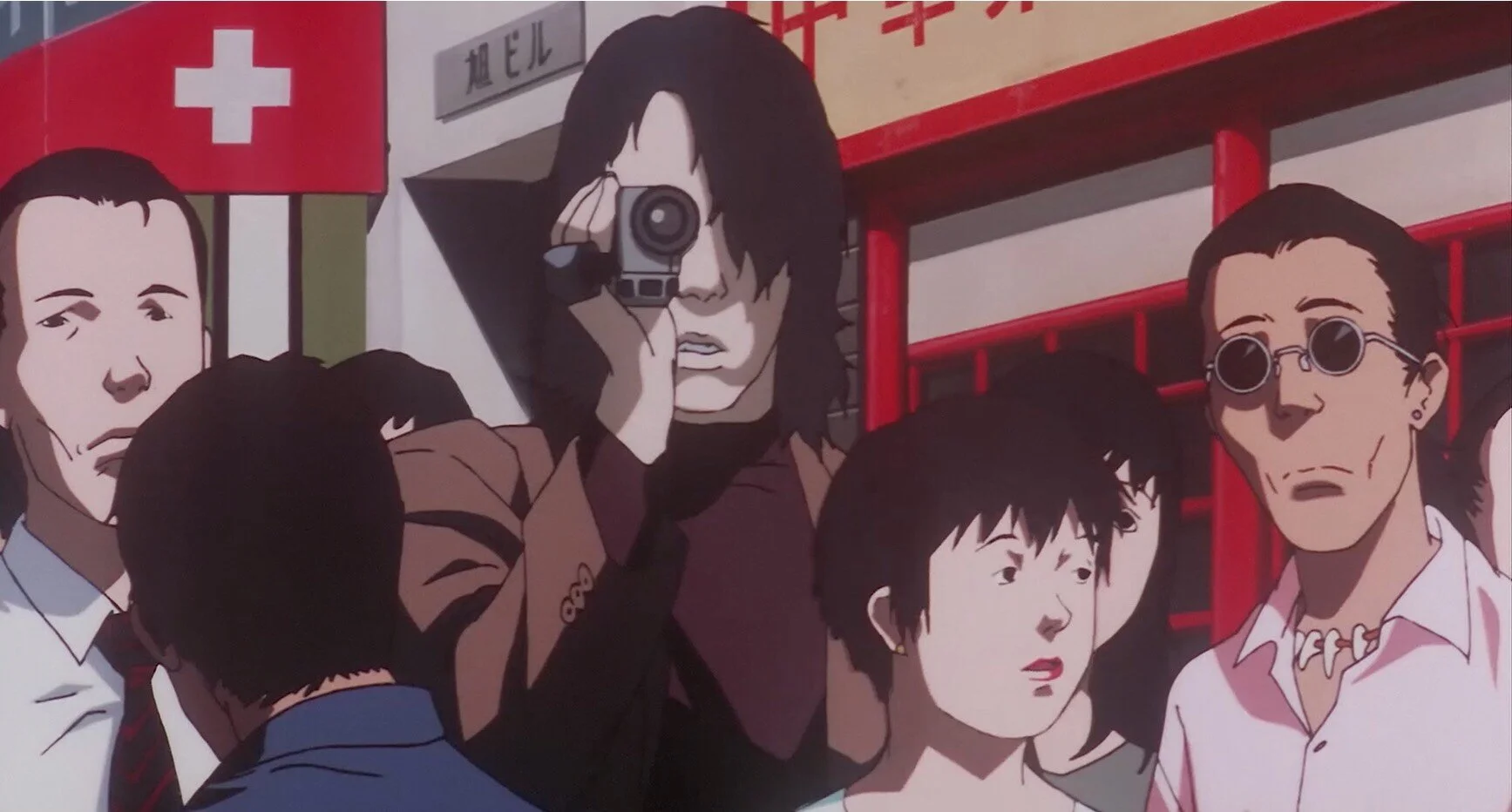Toshiya Fujita
Before Quentin Tarantino’s revenge saga, Kill Bill, there was Toshiya Fujita’s cult classic, Lady Snowblood. The first female revenge story of its kind where style IS the substance.
Our lead character is not a brooding, square-jawed man and neither is she a sexy woman with a gun, wearing a skin-tight outfit. Her name is Yuki and from a distance she appears to be a harmless, graceful lady in a traditional kimono. Look closely and you will see she hides a samurai sword in her paper umbrella and her eyes are full of demonic rage.
Consecrated by her mother as an instrument of death, Yuki spends her entire childhood training under a priest named Dōkai to avenge the death of her family and also the rape of her mother. As her journey of revenge is set into motion she unintentionally becomes a hero of poor working-class people as their oppressors are also the same people she is going after.
A clear product of early 70’s Japanese cinema while also giving us images and sequences that feel fresh and memorable to modern audiences. Fujita injects the film with lively energy even in scenes with only dialogue. Dramatic close-ups, hand-held camera shots and striking usage of color mimic the restless style of the manga the film is based on.
The film is certainly empowering to women but it’s not condescending to its female audience by assuming all women just want to be men. Yuki is created with her own fascinating mythology the same way a male hero would in other films. This is also not a male-hating feminist story but instead a story of a strong woman going up against evil men and evil women. Rather than being portrayed as a skimpy-clothed heroine, the focus is put on Yuki’s abilities instead of her body. Lady Snowblood should get the proper credit for giving film-lovers such an iconic and progressive lead female character.
director TOSHIYA FUJITA
year 1972
director of photography MASAKI TAMURA
cast MEIKO KAJI, TOSHIO KUROSAWA and MASAAKI DAIMON
words HECTOR ORTIZ
What to read next







